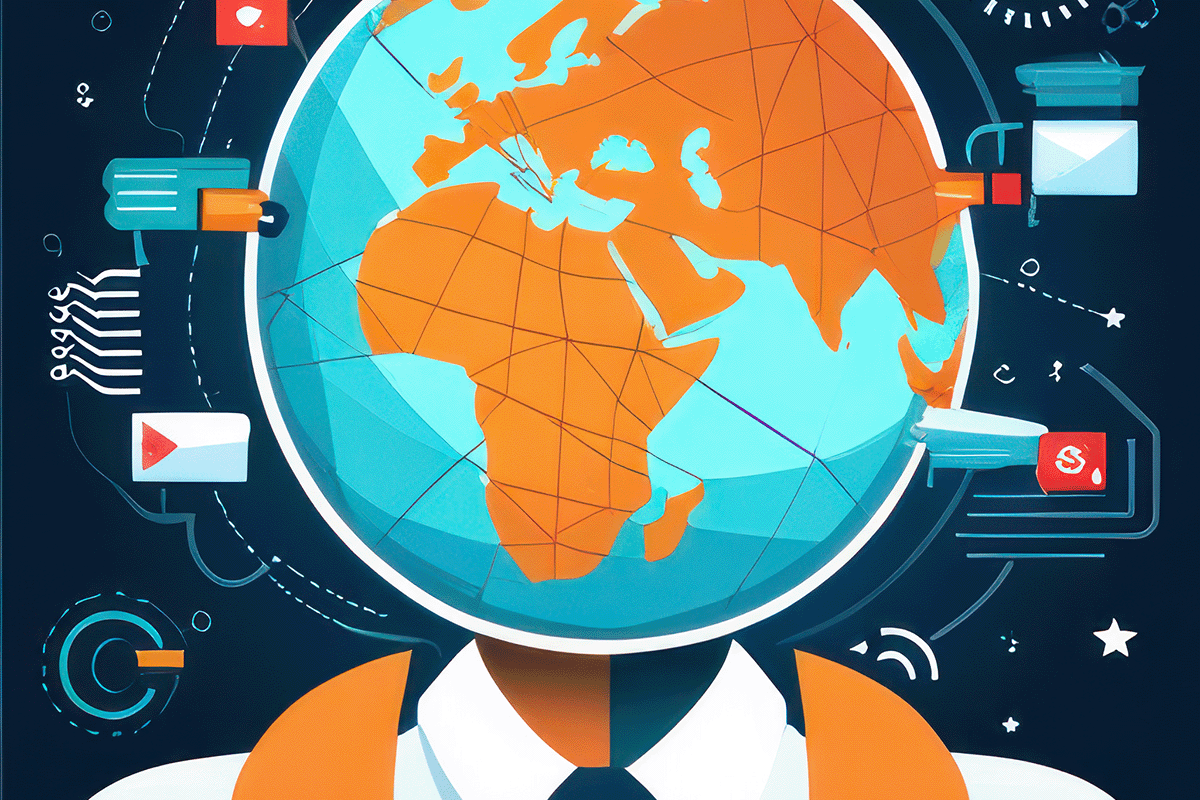Discover the Power of Language Translation with LLMs
- 5 minutes read - 869 words
Table of Contents
Language translation is a crucial task in today’s globalized world. It helps individuals and organizations communicate and connect with people from different linguistic backgrounds, expand their global reach, and promote cross-cultural understanding.
ChatGPT is an LLM proficient in language translation, and this guide explores how it can help you communicate effectively with users who speak different languages.
What is Language Translation?
Language translation is a critical task that involves converting text or speech from one language into another. ChatGPT is an LLM capable of language translation, and it can translate text from one language to another while preserving the meaning and style of the original text.
ChatGPT’s language translation capabilities are based on machine translation, which involves training a machine learning algorithm on large datasets of parallel text in different languages. This allows ChatGPT to learn the patterns and structures of other languages and generate accurate translations. However, machine translation may not always be as accurate as human translation, as it may struggle with idiomatic expressions and cultural differences.
Hybrid Translation Approach
ChatGPT can also use a hybrid translation approach to address these challenges, converting text or speech from one language into another using machine and human translation methods. This involves using machine translation to generate a preliminary translation, which is then reviewed and corrected by a human translator. This approach can improve the accuracy and quality of the translation while maintaining the speed and cost-effectiveness of machine translation.
Language translation is essential for ChatGPT as it enables the LLM to communicate effectively with users of different languages. By providing accurate and reliable translations, ChatGPT can facilitate cross-cultural communication and understanding, helping individuals and organizations to connect with people worldwide.
Language Translation Applications
Language translation has various applications, such as business communication, international relations, and cultural exchange. It can help individuals and organizations communicate with people from different linguistic backgrounds and expand their global reach. Language translation is also essential for preserving cultural heritage and promoting cross-cultural understanding.
- A person is traveling to a foreign country and needs to translate a menu at a restaurant from the local language into their native language to understand what food items are available.
- A company is expanding into a new country. It needs to translate its marketing materials, such as advertisements and product descriptions, into the local language to reach and communicate with potential customers effectively.
- A student is researching a topic and needs to translate a scholarly article from a foreign language into their native language to understand and cite the information in their paper.
Examples
From English to Spanish
P: “A person is traveling to a foreign country” to Spanish
R: “Una persona está viajando a un país extranjero.”
From Spanish to Icelandic
P: “Una persona está viajando a un país extranjero.” to Icelandic
R: “Einhver er að ferðast til erlends lands.”
From Icelandic into German
P: “Einhver er að ferðast til erlends lands.” to German
A: “Jemand reist in ein fremdes Land.”
These examples demonstrate that the translations remain stable from English to Spanish, Spanish to Icelandic, and Icelandic to German.
Use Case: Translating a CV from English into another language while preserving formatting and structure
ChatGPT can convert a document, such as a CV, into another language while preserving its structure. In theory, you can translate a CV with ChatGPT, but the context limits the length of the results. This means that the translation may be flawed.
As a result, using the API gives you more control over the outcome. The original English Synthetic CV can be found here and the result can be found here .
The generic prompt looks like this (GPT-3.5, GPT-4):
translate into language, formatting markdown:” cv_text " as code
- language is any language supported by ChatGPT
- cv_text is the cv text chunk (in this case markdown formatted)
As mentioned before it is better to cut down the CV text into chunks (circa 2000 token, token != word), otherwise the translation might not work.
In the example the CV was formatted as markdown, the intended output was markdown as well, it works reliable with formatting markdown:" _cv_text_ " as code. Without as code the output will be formatted in HTML.
Supported Languages
GPT-4 supports translation for many languages. However, proficiency may not be as strong for less common languages than for more widely spoken ones. Some of the supported languages include:
- English
- Spanish
- French
- German
- Chinese (Mandarin, both Simplified and Traditional)
- Japanese
- Korean
- Russian
- Italian
- Portuguese (European and Brazilian)
- Dutch
- Arabic
- Turkish
- Hebrew
- Greek
- Hindi
- Bengali
- Urdu
- Polish
- Swedish
- Danish
- Norwegian
- Finnish
- Romanian
- Hungarian
- Czech
- Slovak
- Bulgarian
- Croatian
- Serbian
- Slovenian
- Indonesian
- Malay
- Thai
- Vietnamese
- Filipino (Tagalog)
- Ukrainian
- Estonian
- Lithuanian
- Latvian
- Icelandic


